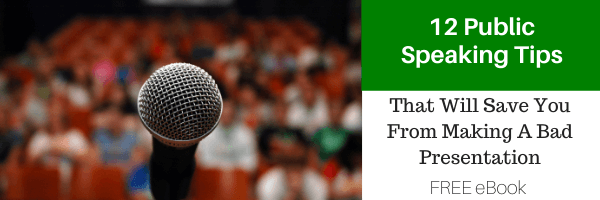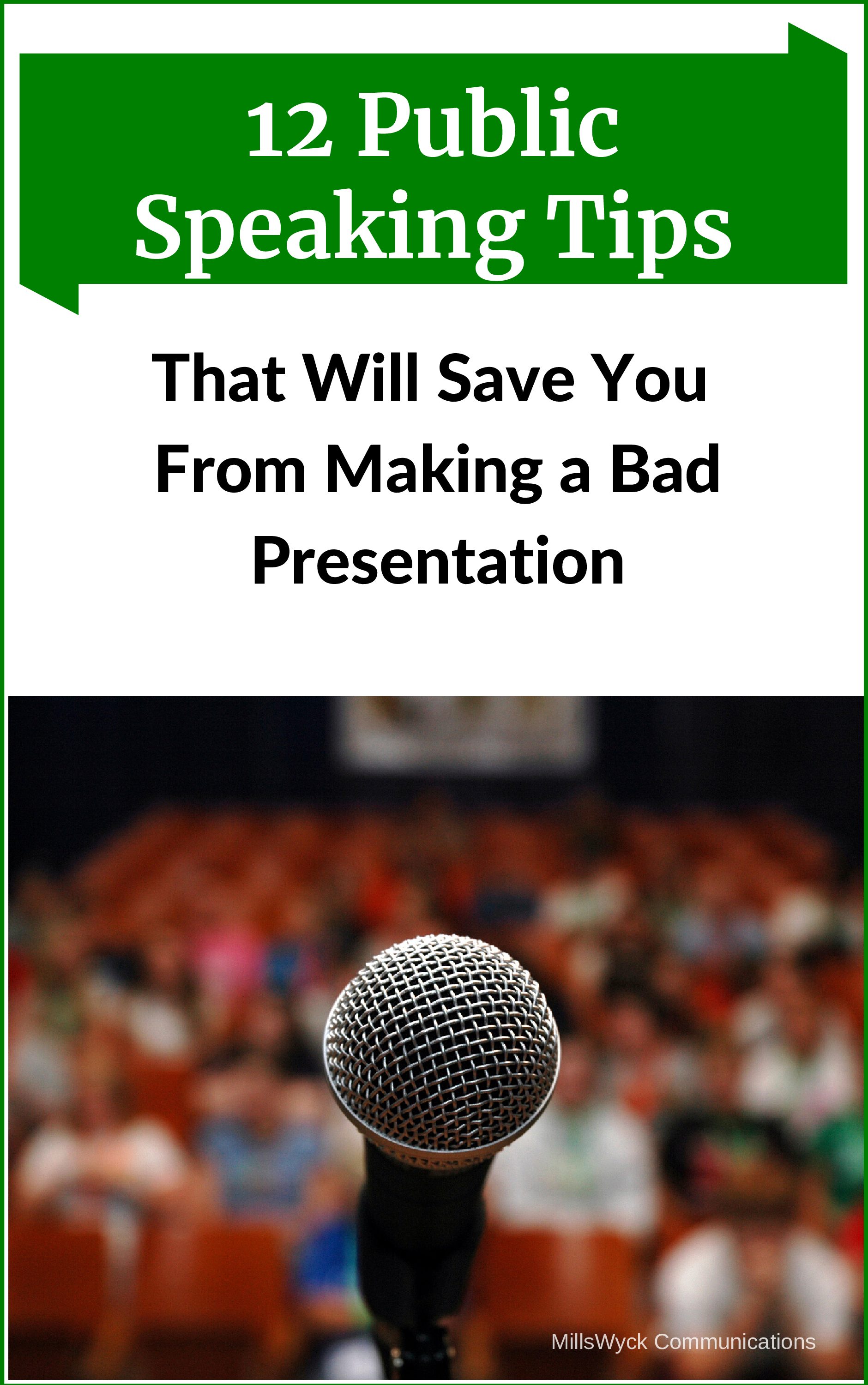
First, when a speech is leaked and people are using lines of it before it’s even given, it really saps the anticipation. I know that’s how this game is played, but I’m sure not telling my audience what I’m saying before I say it.
President Obama’s opening was a safe topic: troops coming home. Open with agreement and get nodding heads. Good tactic.
He gave the audience an opening call to action — frequently missing in speeches. “Imagine what great things we could accomplish if we followed their example…,” “think about,” and “remember how we got here“. This gives the audience a reason to listen.
I thought the President’s vocal intonations in the first five minutes were the best I’ve ever seen from him. “Best” products on earth, “every” American, and several other words POPPED. He has been practicing that, and got his body involved, the secret for good inflections. Later, he returned to the rhythmic intonations for which he’s been maligned. It’s tough to keep up such behavior for long if it’s not a habit. The last 15 minutes were far more lifeless in comparison.
His use of gestures was small and repetitive. Particularly annoying were the hard resets by hitting/clasping the lectern at the end of EVERY sentence. The THUMP that ensued can’t be fun for the sound editors trying to get soundbites. Reset without the THUMP, and use gestures with more purpose and intent other than just rhythmic waving (this got worse later in lock step with the intonations).
He identified key elements well. Although there were several, leaving me to wonder which was the most key. “The defining issue…,” “Above all,” and “All that matters…” Good phrases to alert your audience to important things, but they shouldn’t conflict with one another.
He had a good call out with “the message is simple..,” but the phrase after that was anything but simple (so much so I couldn’t write it down).
He gave nice a outline and then hit each point. At least early. Later, it was harder and harder to follow. I don’t know how many main points he wanted to make by the time he got to the end. But the first few were nicely structured.
“You need to give…” — it wasn’t obvious who he was talking to. And phrases like “you should” and “you need” are rarely unifying. Earlier he called out “small business owners” — great way for part of the audience to sit at attention. But far more often he used generic pronouns and non-descriptive words. Especially with a TV audience, “you” must be defined.
He frequently dumped his call to actions and key phrases after a rousing phrase such that he was trying to talk over clapping. Not that it would be easy. I counted 37 standing ovations. But the speech writer should be able to anticipate those, and put the soundbites in a place by themselves.
Loved the phrase “make the unemployment system a re-employment system” Made up a word and it’s “sticky”.
He used “doubling down” twice. I doubt much of the audience knew what he meant by that.
As a former teacher, the mandate to keep a kid in school until he graduates or turns 18 is laughable. Loss of credibility there, and I doubt that the people who will suffer from that mandate were consulted. It’s also highly unenforceable unless you want to jail a lot of juveniles.
Lots of use of numbers with no context or meaning to them. This is a politician’s standard way of operating. Two million homes. $100B over ten years. 500 rules. Are these big numbers, or small? Not clear from context. There are 300 million people in the U.S., the budget is in trillions (thousands of billions) and the number of rules is legion.
Great use of repeated phrases. I counted:
- fair share (5 times)
- built to last (4 times)
- send me the bill / I’ll sign it now (5 times)
It was just over 30 minutes in when he got his one and only laugh (“cry over spilled milk“). Could have used a little more.
High marks for pre-emptive strike on an opponent’s view, addressing the “class warfare” angle and the TV audience’s view that “Washington is broken“. But the speech writer should be tarred and feathered for allowing the President to say, “The Executive Department needs to change…” — that soundbite has probably already hit YouTube.
The audience’s expressions late (Hillary Clinton in particular) say that the ending of the speech lacked structure and pop, and was probably too long.
Late there were a lot of dogmatic, divisive words: “That’s not right.” “Anyone who tell you … doesn’t know what they are talking about.” Opinions draw more discussion (maybe, “I think that is a wrong way to look at things…”). He also followed his statement with a weak call to action using “if we feel“. If is weak; feelings are not measurable. Statement is easily dismissed.
Ended with a nice return to the beginning, again, a safe topic. Largest applause of the night for the phrase, “our men and women in uniform“. Details in the stories made them more alive.
Allegory “so it is with America” paralleled the “nothing we can’t do” (double negative?) theme of the evening.
Overall, a mixed bag. And I will continue my multiple decade streak of not listening to any of the post-speech commentary by the “experts”.
Study other speeches to get better at your own.




Great blog… You shine here in your ability to analyze… Derek coming Monday?
Remember the root word of analyze! Looking forward to meeting Derek on Monday…
Enjoyed your insights here on the president’s speech from a public speaking perspective. This article was fascinating to read and provided good tips for any aspiring speaker. This makes me want to come back for more!! Thanks for sharing with us!
Lisa,
One of the great things about public speaking is you never “get there”. You can ALWAYS improve. It’s such a great challenge and one of the many reasons I love it.
A